Relative Selectivity of Covalent Inhibitors Requires Assessment of Inactivation Kinetics and Cellular Occupancy: A Case Study of Ibrutinib and Acalabrutinib
Por um escritor misterioso
Last updated 03 junho 2024

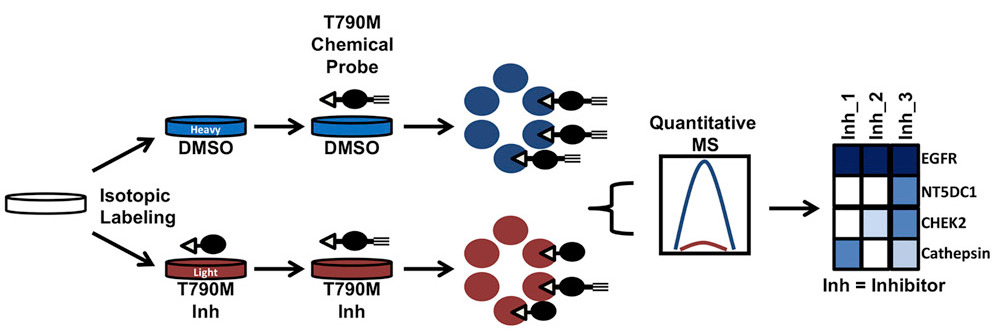
Covalent Modifiers: 2017

Development of covalent inhibitors: Principle, design, and application in cancer - Zheng - 2023 - MedComm – Oncology - Wiley Online Library

PDF] Relative Selectivity of Covalent Inhibitors Requires Assessment of Inactivation Kinetics and Cellular Occupancy: A Case Study of Ibrutinib and Acalabrutinib

Full article: Drug delivery targets and strategies to address mast cell diseases
Btk turnover in Ramos cells. Target occupancy as a function of time

The Ascension of Targeted Covalent Inhibitors
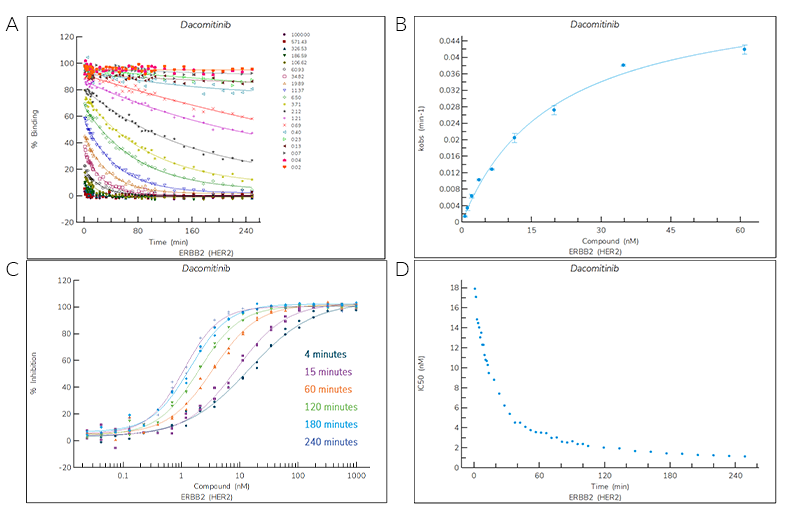
Case Study - COVALfinder to Study Irreversible EGFR Drugs

Toward Atomistic Modeling of Irreversible Covalent Inhibitor Binding Kinetics
Structure of BTK kinase domain with the second-generation inhibitors acalabrutinib and tirabrutinib

BTK inhibitors in the treatment of hematological malignancies and inflammatory diseases: mechanisms and clinical studies, Journal of Hematology & Oncology

Structure-Function Relationships of Covalent and Non-Covalent BTK Inhibitors. - Abstract - Europe PMC

PDF) Mechanism of covalent binding of ibrutinib to Bruton's tyrosine kinase revealed by QM/MM calculations
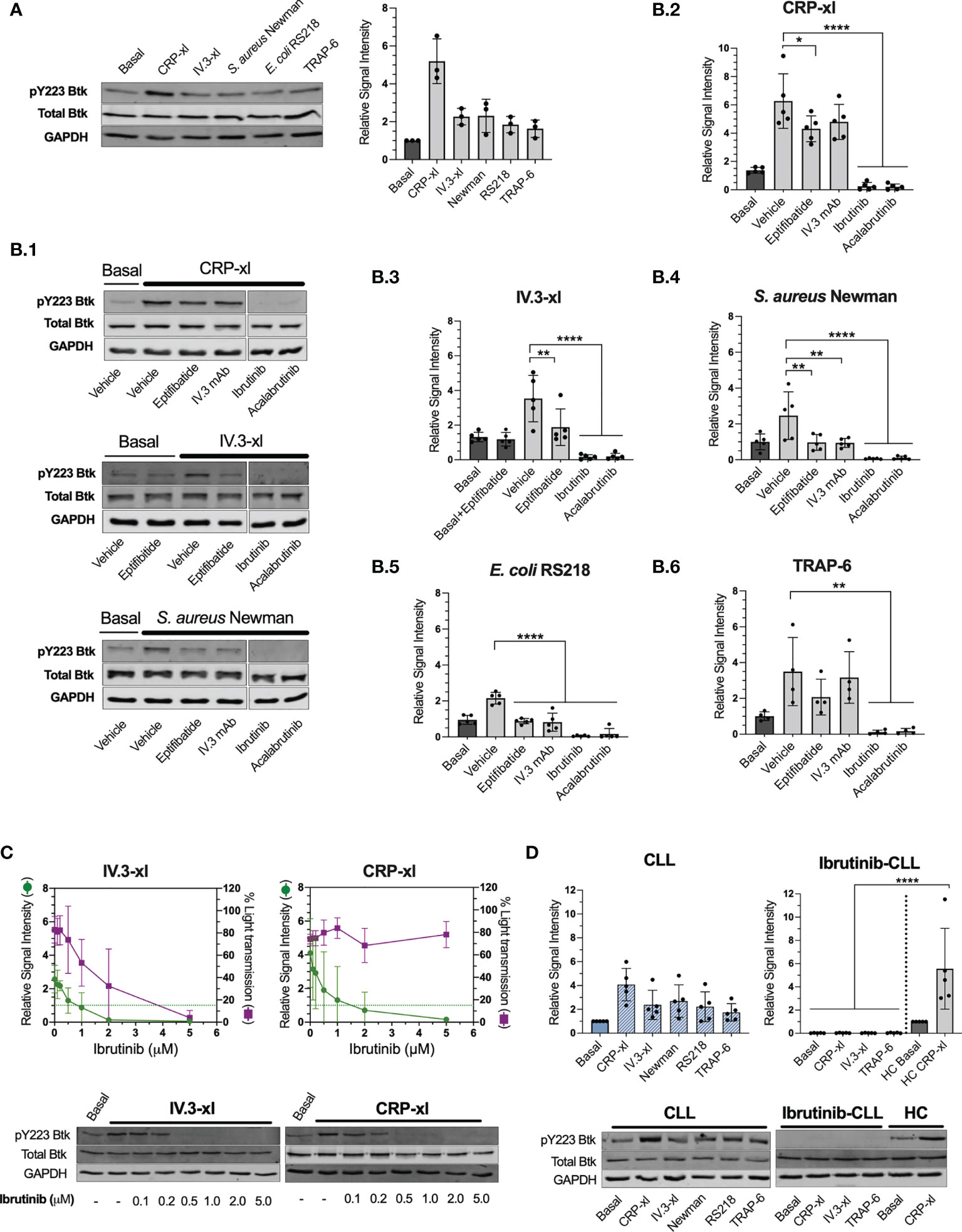
Frontiers Bruton's Tyrosine Kinase Inhibitors Impair FcγRIIA-Driven Platelet Responses to Bacteria in Chronic Lymphocytic Leukemia
Recomendado para você
-
 fase 372 brain test03 junho 2024
fase 372 brain test03 junho 2024 -
 Easy Game Brain Test Level 372 Finish shopping.03 junho 2024
Easy Game Brain Test Level 372 Finish shopping.03 junho 2024 -
 Number Tic-Tac-Toe IQ Puzzle on the App Store03 junho 2024
Number Tic-Tac-Toe IQ Puzzle on the App Store03 junho 2024 -
 National UK guidelines for the management of paediatric craniopharyngioma - The Lancet Diabetes & Endocrinology03 junho 2024
National UK guidelines for the management of paediatric craniopharyngioma - The Lancet Diabetes & Endocrinology03 junho 2024 -
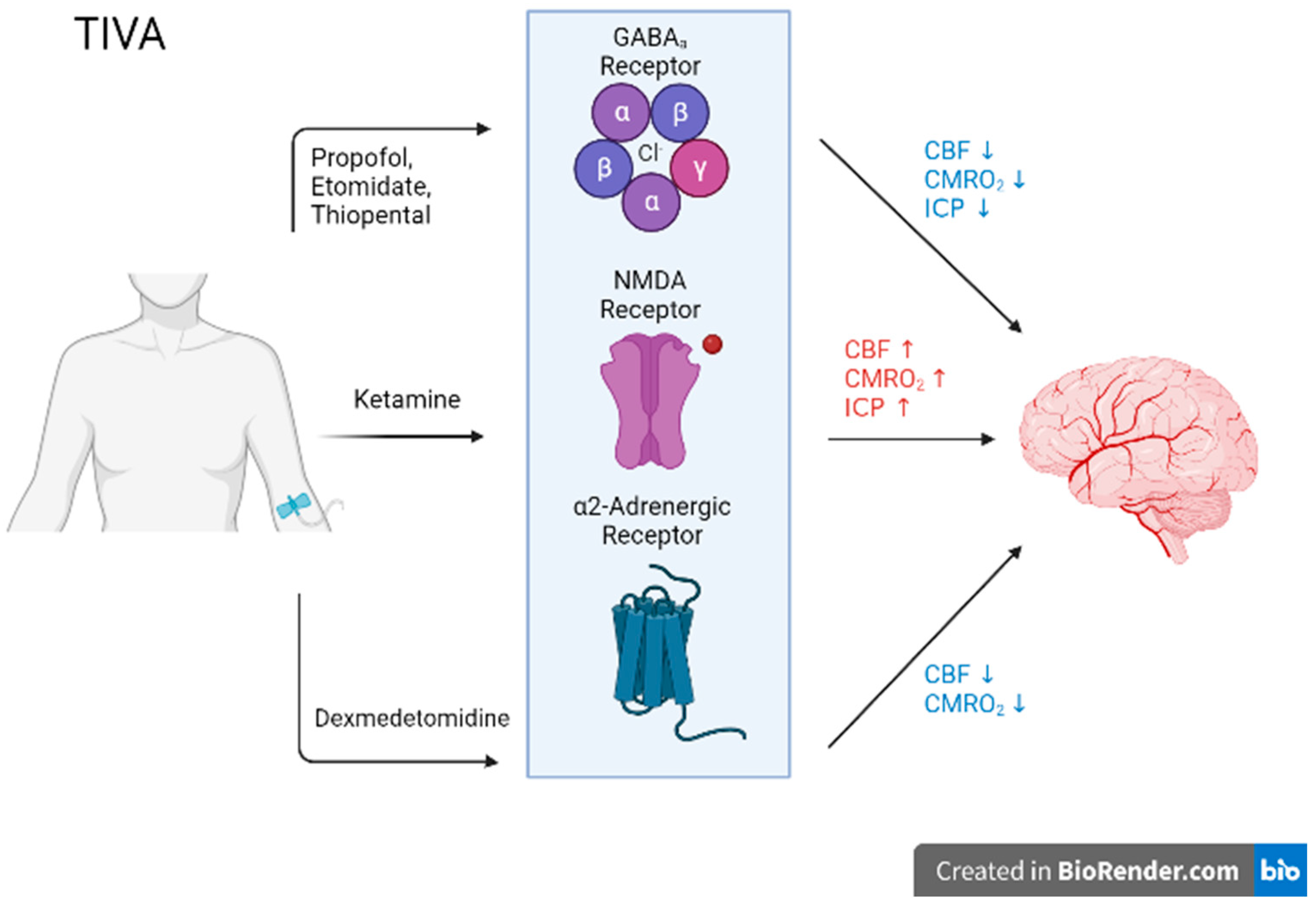 Biomedicines, Free Full-Text03 junho 2024
Biomedicines, Free Full-Text03 junho 2024 -
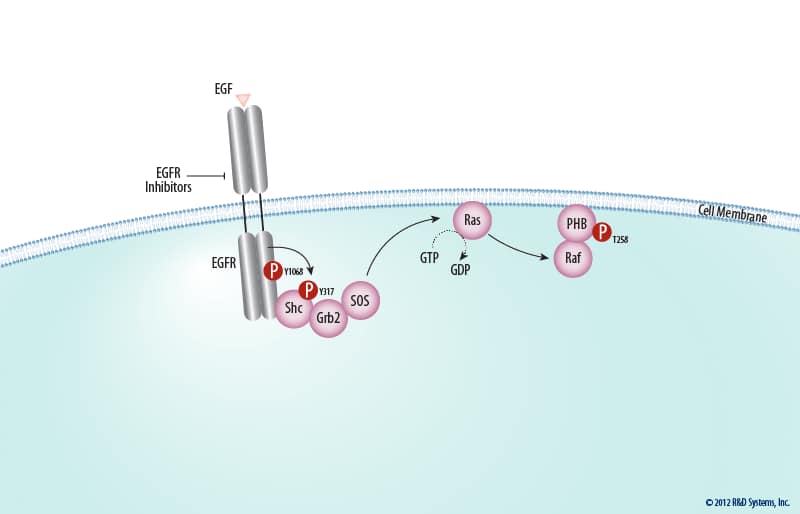 The ERK Signal Transduction Pathway: R&D Systems03 junho 2024
The ERK Signal Transduction Pathway: R&D Systems03 junho 2024 -
 Factor XIa inhibition with asundexian after acute non-cardioembolic ischaemic stroke (PACIFIC-Stroke): an international, randomised, double-blind, placebo-controlled, phase 2b trial - The Lancet03 junho 2024
Factor XIa inhibition with asundexian after acute non-cardioembolic ischaemic stroke (PACIFIC-Stroke): an international, randomised, double-blind, placebo-controlled, phase 2b trial - The Lancet03 junho 2024 -
 Brain Test Level 372 solução dos jogos #braintest #respostas #shorts #game #jogos03 junho 2024
Brain Test Level 372 solução dos jogos #braintest #respostas #shorts #game #jogos03 junho 2024 -
 Ischemic Optic Neuropathies03 junho 2024
Ischemic Optic Neuropathies03 junho 2024 -
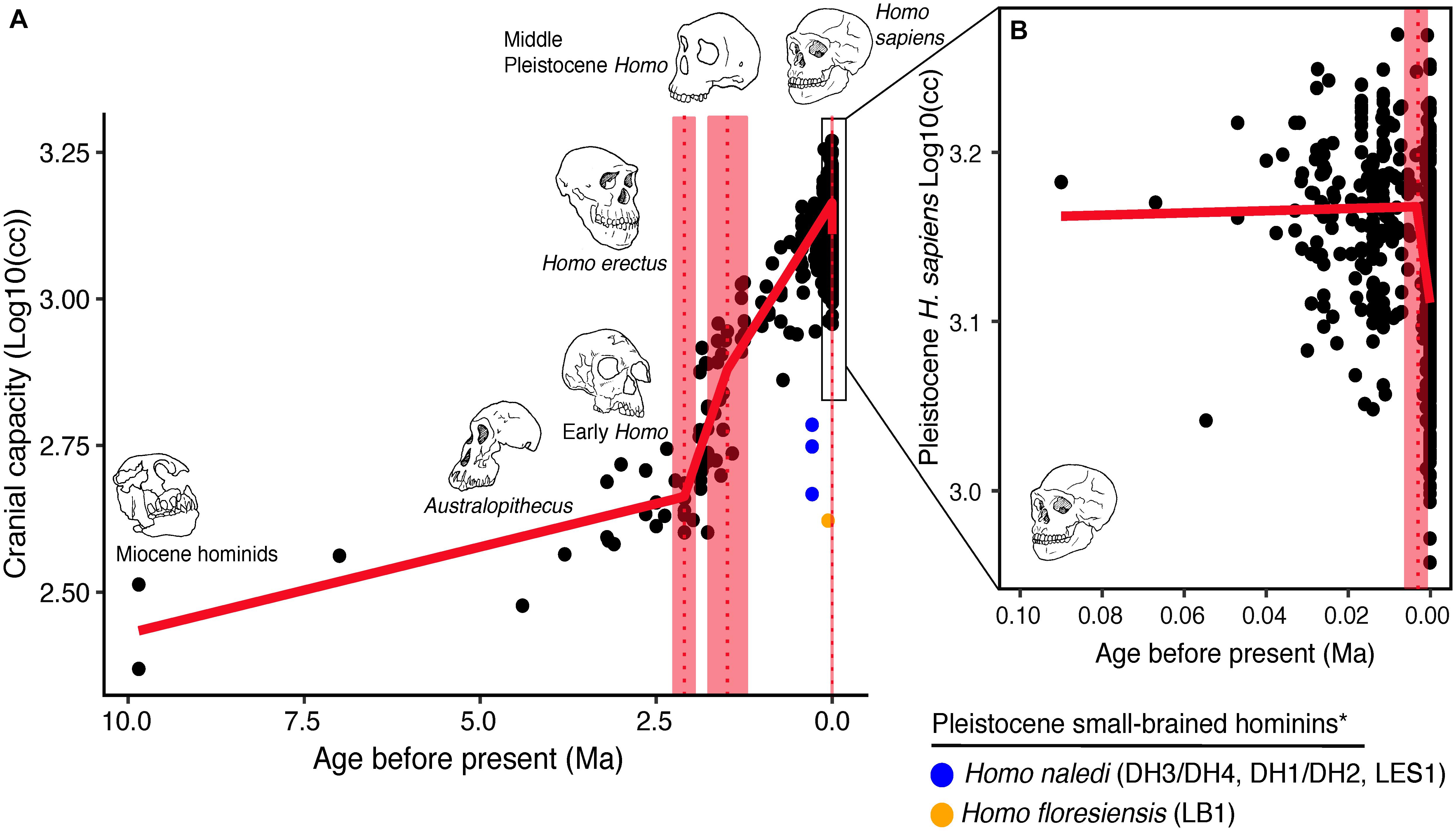 Frontiers When and Why Did Human Brains Decrease in Size? A New Change-Point Analysis and Insights From Brain Evolution in Ants03 junho 2024
Frontiers When and Why Did Human Brains Decrease in Size? A New Change-Point Analysis and Insights From Brain Evolution in Ants03 junho 2024
você pode gostar
-
 EXPRESSÕES NUMÉRICAS com FRAÇÕES \Prof. Gis/03 junho 2024
EXPRESSÕES NUMÉRICAS com FRAÇÕES \Prof. Gis/03 junho 2024 -
Anime Trending - In Another World With My Smartphone Season 2 - Anime Trailer! The anime is scheduled for April 2023. Animation Studio: J.C.STAFF03 junho 2024
-
 Resident Evil 4 demo now has a bulging sack of mods03 junho 2024
Resident Evil 4 demo now has a bulging sack of mods03 junho 2024 -
 Plants VS Bugs by OYEfaction03 junho 2024
Plants VS Bugs by OYEfaction03 junho 2024 -
 Vaping: It's hard to quit, but help is available - Harvard Health03 junho 2024
Vaping: It's hard to quit, but help is available - Harvard Health03 junho 2024 -
 Sci Fi Space Battleship Modelo 3D - TurboSquid 165364303 junho 2024
Sci Fi Space Battleship Modelo 3D - TurboSquid 165364303 junho 2024 -
 PERCY JACKSON AND THE OLYMPIANS THE LIGHTNING THIEF READING QUIZZES – Presto Plans03 junho 2024
PERCY JACKSON AND THE OLYMPIANS THE LIGHTNING THIEF READING QUIZZES – Presto Plans03 junho 2024 -
 Oh Honey SVG PNG JPEG03 junho 2024
Oh Honey SVG PNG JPEG03 junho 2024 -
 Mirai Nikki Episode 1103 junho 2024
Mirai Nikki Episode 1103 junho 2024 -
 Charlie Smiling Friends GIF - Charlie Smiling Friends Dancing - Discover & Share GIFs03 junho 2024
Charlie Smiling Friends GIF - Charlie Smiling Friends Dancing - Discover & Share GIFs03 junho 2024
